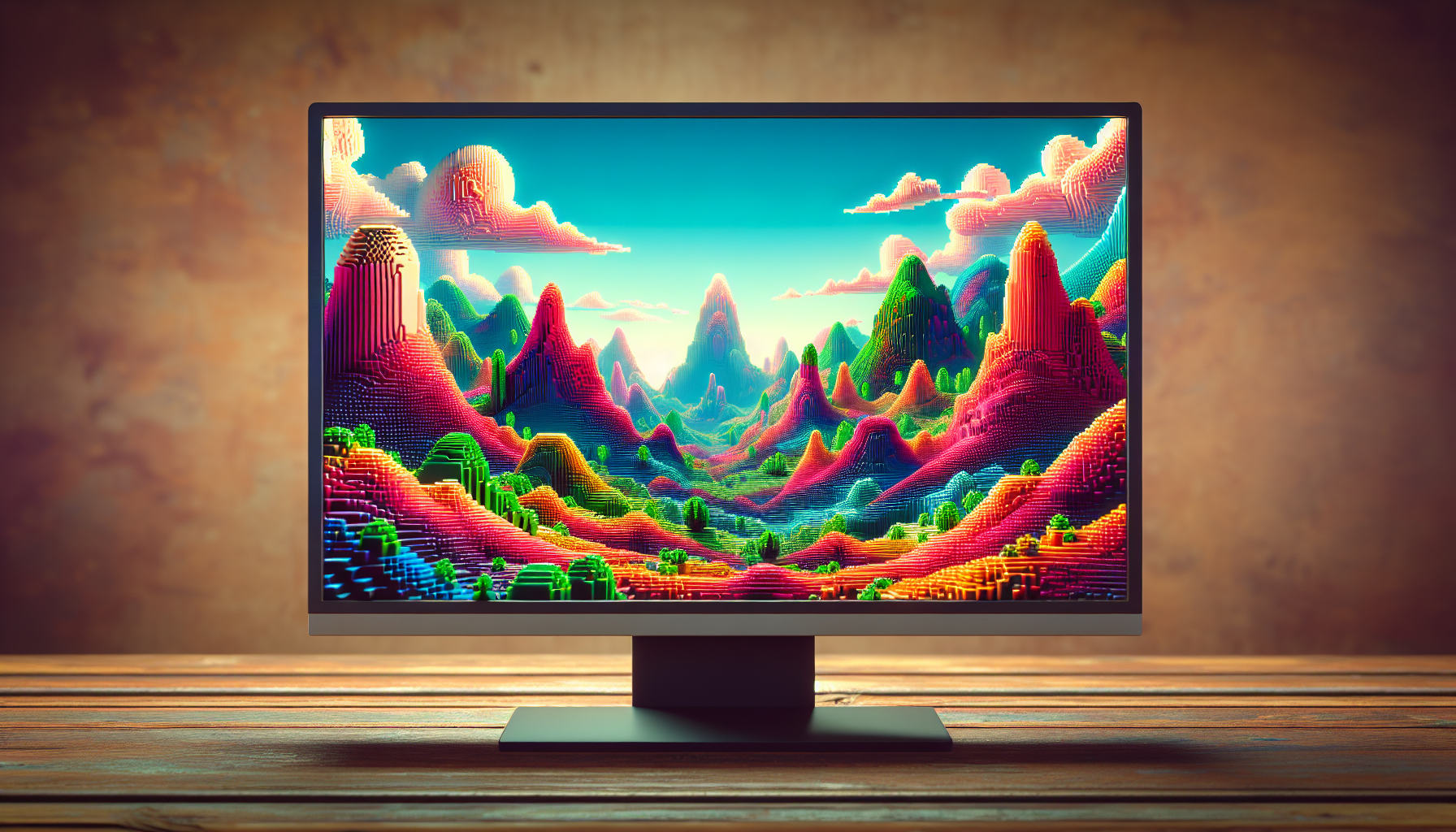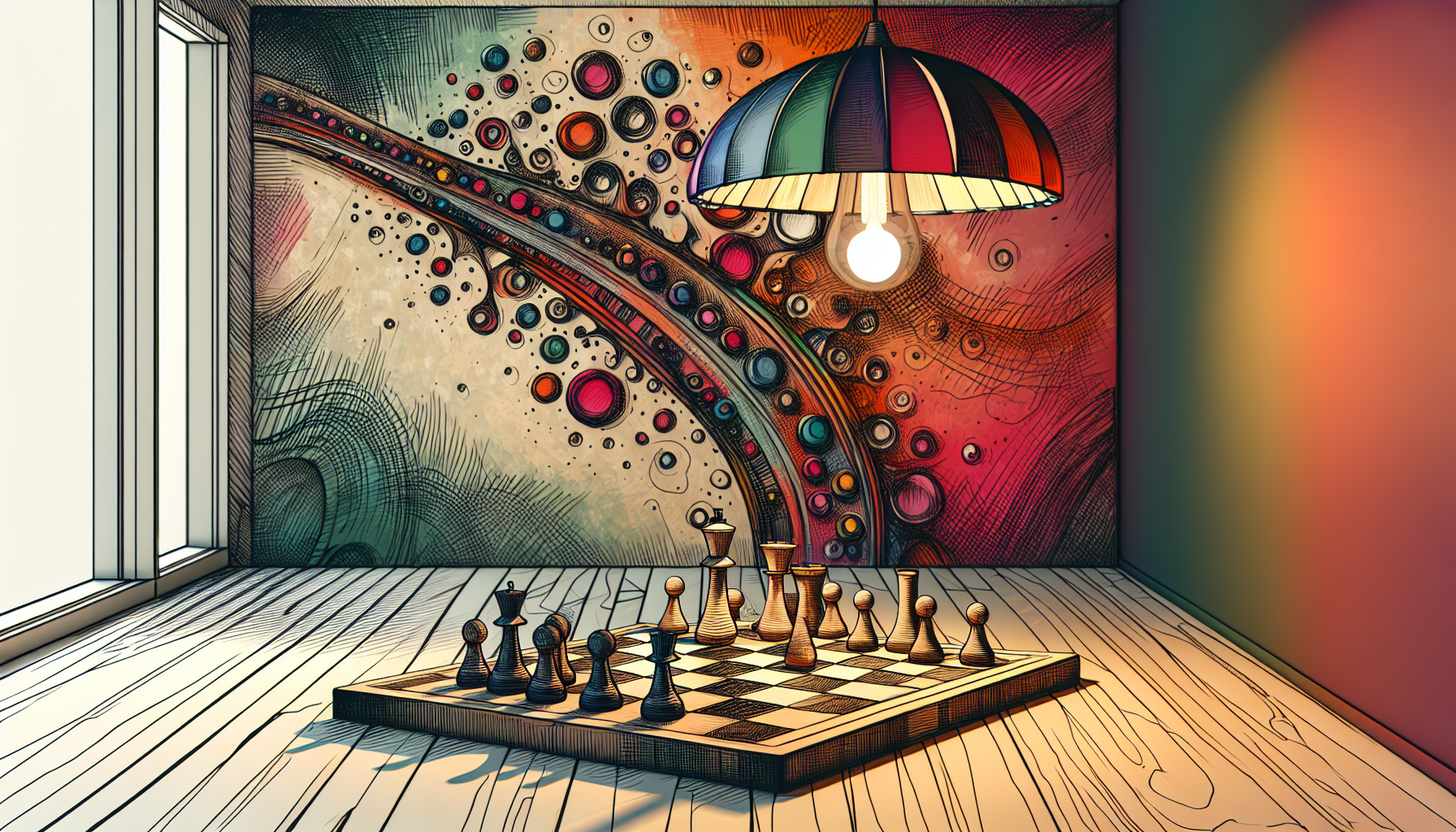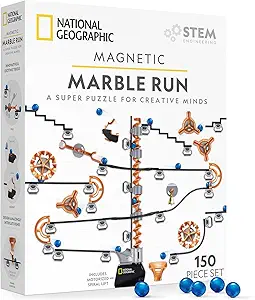The gaming world has always been fascinated by the intricacies and advancements in visual technology. From pixel art to photorealistic graphics, the journey is diverse. Enter VoxelSpace, a rendering technique that takes us back to the early 90s, reviving nostalgia along with a fresh perspective for developers and gamers alike.

At its core, VoxelSpace is a rendering engine that uses voxels, i.e., volumetric pixels, to create 3D environments. Developed by NovaLogic and introduced in 1992 through the game “Comanche: Maximum Overkill,” this technique marked a significant departure from the then-dominant 2D graphics. The richness it brought to digital terrains was groundbreaking.
NovaLogic’s pioneering work with VoxelSpace set the stage for subsequent developments in 3D gaming. The use of voxels enabled more detailed and realistic landscapes, making this engine a hallmark in gaming history, especially for those who remember the iconic Comanche series fondly.
The magic of VoxelSpace lies in its deceptively simple algorithm. With fewer than 20 lines of code, this approach reveals the power of efficient programming. The key lies in its reliance on two crucial data structures:
- Height Map: A grid that defines the height of the terrain at every point.
- Color Map: A grid responsible for the texture and surface color details.
The algorithm primarily involves clearing the screen and rendering vertical lines one by one, factoring in height and color. This technique employs a painter’s algorithm, drawing elements from back to front to ensure correct visual depth and occlusion.
For the hands-on creators among us, implementing VoxelSpace in your project requires just a few essential tools, primarily Python and HTML for simplicity. To get you started, here is a basic code snippet that demonstrates the rendering function:
def Render(p, height, horizon, scale_height, distance, screen_width, screen_height):
for z in range(distance, 1, -1):
# Logic for calculating and drawing each vertical line
Breaking it down further, the render function iterates over a range, calculates positions, and renders vertical lines based on pre-defined maps. Enhancements, such as rotation and performance improvements, can be implemented to extend this basic mechanism.
Visual aids from the VoxelSpace demo effectively illustrate the potential of this rendering technique, showcasing its integration into diverse contexts and projects.
VoxelSpace has transcended its origins, continually inspiring developers worldwide. User testimonials highlight its versatility, hinting at a renewed interest in indie and retro-style games. It’s fascinating to see how modern developers adapt this classic technique, melding it seamlessly with contemporary technology, like ray casting, to create unique experiences.
The community’s feedback further enriches the narrative, demonstrating a collective appreciation for this method’s simplicity paired with its visual impact. This intersection of past innovation and present-day creativity holds immense potential, particularly in crafting immersive, authentic gaming experiences.
VoxelSpace stands as a testament to the timeless appeal of straightforward yet powerful techniques in gaming. Exploring its capabilities can open doors to both budding developers and seasoned programmers seeking fresh inspirations grounded in a storied history.
I encourage you to dive into the resources and code snippets available, experiment with the VoxelSpace demo, and envisage its integration into your projects. Visit the VoxelSpace GitHub Repository and check out the web demo to witness its possibilities firsthand.
To continue this journey, delve into the broader historical and technical context of voxels and ray casting technology. Exploring these materials can provide a more profound understanding and offer a comprehensive grasp on how to harness these concepts in today’s gaming landscape. Check out additional resources such as the Comanche Game Series and explore Voxel Space on Wikipedia for an in-depth background.










